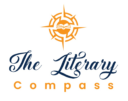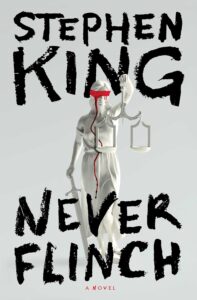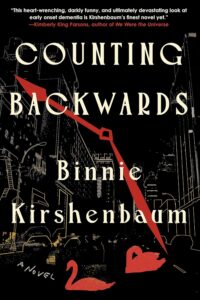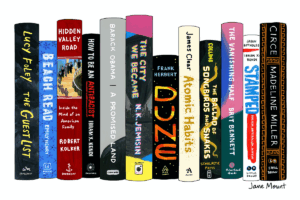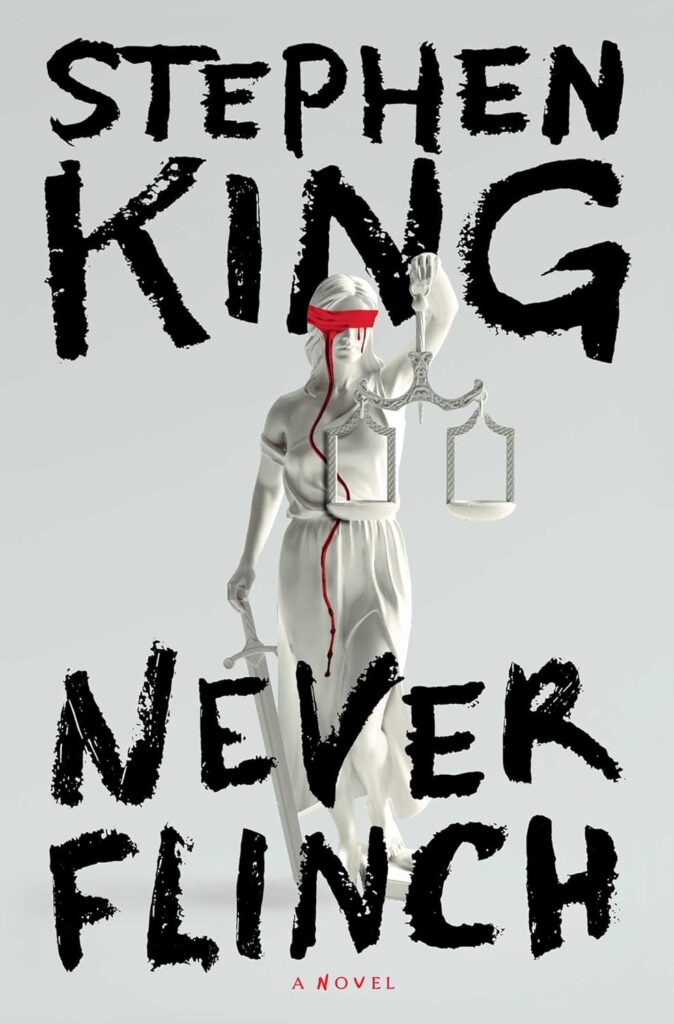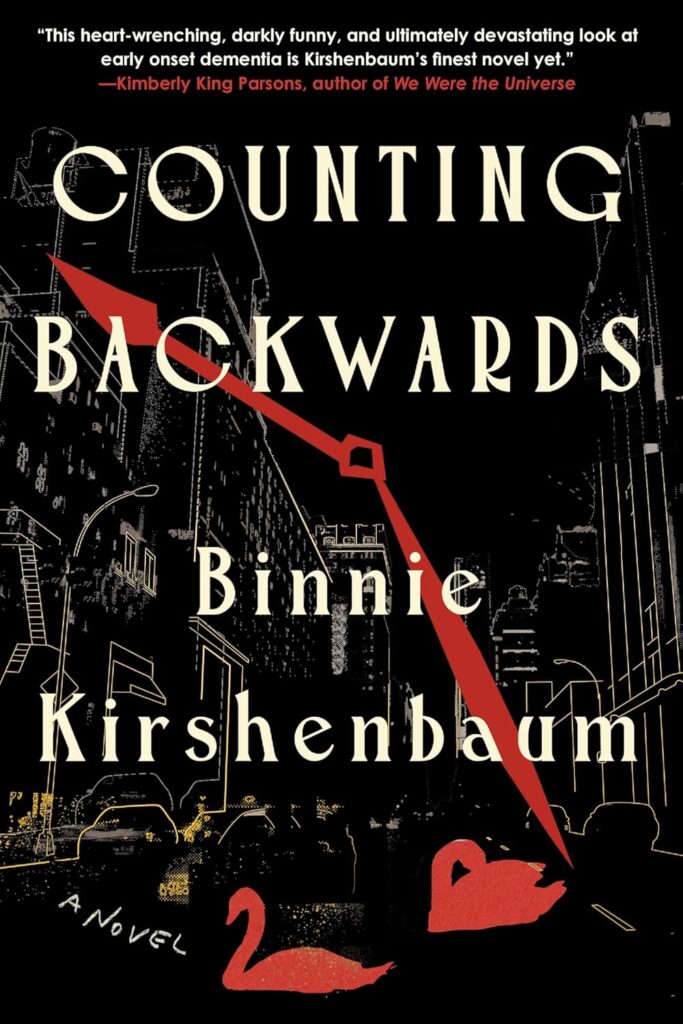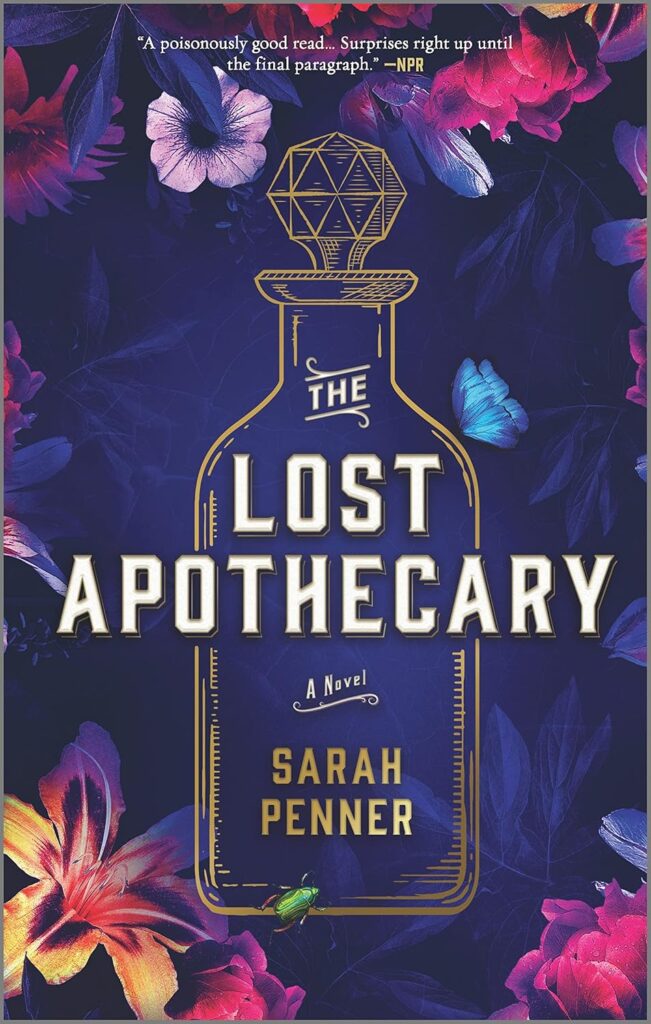Sometimes, I think about all the things I read—books, articles, random threads online—and wonder how much of it actually sticks. Like, sure, I know I’ve read it, but ask me to recall it two weeks later? Blank slate. It’s frustrating, isn’t it? Especially when it feels like our whole world is just a firehose of information, blasting at us 24/7. You’d think with all this technology we’d be better at keeping track of what we’ve consumed, but nope. The truth is, retaining what we read isn’t automatic—it’s intentional. It takes effort (and I hate that it does).
But here’s the thing: it doesn’t have to be complicated. There are ways—simple shifts in how you approach reading—that can genuinely change how much you remember. And no, it’s not about re-reading the same sentence over and over until your eyes go blurry. Spoiler alert: it’s not about “doing more” at all. Honestly, it might even involve doing less. Stick with me, and I’ll show you what I mean.
Table of Contents
The Science of Retention: How Your Brain Processes Information
Ever wonder why some things you read stick like glue while others seem to slide right out of your memory? It’s not just you—it’s how the brain works. The process of retaining information isn’t magical; it’s systematic and often subconscious. Your brain grabs onto certain details and lets others go, depending on how you interact with the material. This is where some tried-and-true strategies can make a massive difference.
Impression, Association, and Repetition
Retention begins with how info imprints itself on your mind. Ever notice how songs you hate get stuck in your head? That’s the power of repetition paired with an emotional response: it’s why catchy commercial jingles feel like they’re tattooed to your brain. But here’s the thing—you can use those same mechanics intentionally.
When you read, you’re essentially giving your brain raw data. To make it “stickier,” you need three things: impression, association, and repetition.
- Impression: This is about heightening emotional or sensory engagement. For example, when I’m reading a book, I’ll stop and imagine what a scene smells like or how the air feels. It creates a stronger imprint.
- Association: Create connections between what you’re reading and things that already exist in your life. Think of it like Velcro—new ideas stick better when there’s something they can grab onto. Let’s say you’re reading about historical battles; you might connect the strategies discussed to a video game you’ve played or a conversation you had with a friend.
- Repetition: This isn’t just mindless re-reading (don’t do that—it’s a time-suck). Instead, try mentally summarizing the main points of what you’ve read a few hours later. It doesn’t have to be perfect; what matters is coaxing your brain to revisit the topic.
Let me give you a tip: mental visualization is a game-changer. Picture the concept in your mind—whether that’s as a flowchart, a vivid scene, or something ridiculously outrageous. When I was trying to remember the U.S. presidents for a random pub quiz night, I visualized each one as an eccentric neighbor living on my street (yes, Teddy Roosevelt was out front riding a bear). Weird equals memorable.
And don’t forget: tying the content to your personal life makes it way easier to remember. If I’m reading about health studies, I make it about me. How does this impact my workouts? My food choices? Suddenly, it’s not abstract anymore—it’s all connected, and that’s what your brain likes.
The Role of Active Recall
Here’s where it gets serious—active recall isn’t just a buzzword; it’s neuroscience-backed wizardry. Most people think learning happens when you put information in, like pouring water into a jar. But no, real learning happens when you pull information out.
Active recall works by strengthening neural pathways. Imagine your brain as a hiking trail. The first time you read something, you’re walking through tall grass. It’s slow and awkward. But every time you retrieve that information (consciously forcing yourself to recall it), you’re wearing down the grass. Eventually, you get a clear, smooth trail—a path your brain travels with ease.
So, how do you practice it? Here are a couple of techniques that work for me:
- The Self-Quiz Method: After reading a chapter in a book, close it and try to write down or say out loud five takeaways from memory. It’s tougher than it sounds, but that’s the point. Your brain thrives on the struggle. Like, think of it as mental weightlifting—you’re breaking down your memory muscles so they rebuild stronger.
- Q&A with Critical Thinking: As soon as I close a page, I’ll ask myself, “If I had to explain this to a 10-year-old, how would I do it?” Or I might flip the content into a question for myself—like, “Why does this matter right now?” Trying to answer forces me to recall and synthesize, making the info stick like superglue.
- Spaced Repetition: Pairing active recall with spaced repetition kicks it up a notch. Instead of cramming (ugh, the worst), review the same information days or even weeks later to let your brain re-solidify those trails. Tools like flashcards or apps like Anki and Quizlet make this ridiculously easy.
If you want some solid guidance, check out this excellent article from Thrive Center. It’s packed with practical tips on combining active recall with spaced repetition to lock in what you’ve learned.
The beauty of active recall is that it’s practical and low-tech. You don’t need digital tools or fancy systems; just a little effort and intentional retrieval go a long way. And honestly, once you get the hang of it, it’s way more satisfying than passive reading.
Avoid overloading yourself, though. Retention is like planting—you’ve got to let the seeds grow instead of dumping a bucket of water on them all at once. Trust me, your brain will thank you.
Preparing to Read: Setting Up for Success
Sometimes, just picking up a book feels like you’re steeling yourself for a climb up Mount Everest. It’s not just about flipping pages; it’s about making those pages matter. And really, if the words aren’t sinking in, then—what’s the point? To set yourself up right, you need to make a plan. This isn’t just some abstract “prep work”. It’s like prepping a canvas before painting—it’s the foundation.
Choosing the Right Material
First things first: let’s talk about what you’re reading. Because let’s face it, there’s too much out there fighting for our attention—books people rave about on Instagram, articles you half-heartedly save to read later (knowing you won’t), and whatever popped up first on Google. Choosing the right material isn’t random; it’s purposeful.
When I’m deciding what to read, I ask myself a simple question: “How does this help me?” Not in a cold, transactional way, but in a “Will I care about this in two months?” way. If a book or article doesn’t align with my interests, personal growth, or some practical need, it’s filtered out.
- Match it to your current goals: If I’m trying to learn more about leadership, I lean towards books like Dare to Lead over a random memoir that has zero connection to where I’m at.
- Engage your curiosity: Reading something you genuinely care about isn’t just more exciting—it’s easier to remember. (Because the mind clings to what fascinates it.)
- Avoid overloading: Look, I’ve been that person with a stack of books so tall it looked like a leaning tower of guilt. Narrow your choices. Quantity kills focus.
This article from James Clear on picking books helped clarify this for me, especially with his “read books you can apply instantly” rule. Seriously, go check it out—you’ll probably end up rethinking your approach, too.
Creating a Distraction-Free Zone
Alright, so now you’ve got your reading material. But if you’ve ever tried reading on a couch with your phone lighting up every five seconds, you already know this: good luck retaining anything when your environment is working against you.
I became hyper-aware of how much external junk was wrecking my focus during one of those moments where I re-read the same sentence five times without it registering. Background noise, bad lighting, and a chair that made my back scream? Yeah, not ideal.
Here’s how I fixed it:
- Minimize noise: For me, this often means noise-canceling headphones or just shutting the door. Silence is golden, but a soft instrumental playlist can work wonders, too.
- Get the lighting right: I’m not overly picky, but let’s be real—staring at a book under dim, yellow lighting for hours isn’t the way.
- Ergonomic seating: I didn’t think this mattered until I started feeling like Quasimodo after reading for too long. A supportive chair and good posture can save you.
If you need help creating your perfect space, check out tips from eLearning Industry. They give amazing advice on setting boundaries for an undisturbed reading experience.

Photo by RF._.studio
All of this might sound extra—like, “Do I really need to go through so much effort to read a book?” But here’s the thing: a little preparation can be the difference between skimming through words and actually keeping their meaning in your head. And isn’t that what we’re aiming for?
Techniques for Active Reading
Active reading isn’t just about physically turning the pages; it’s about engaging with the material in ways that make it unforgettable. Let’s face it—our brains can be stubborn, so sometimes you have to work smarter to make stuff stick. These techniques are like giving your mind the tools it needs to hold onto what you read.
 Photo by Polina Tankilevitch
Photo by Polina Tankilevitch
Taking Effective Notes
You know how people say, “write it down so you don’t forget”? Turns out, that advice is gold. But not all note-taking is created equal. One method that’s worth its weight in post-it notes is the Cornell Note-Taking System. This system divides your page into three sections: notes, cues, and a summary. You jot down core details in the main section, fill in keywords or questions on the side column, and add a quick summary at the bottom. It’s structured, organized, and ridiculously effective for reviewing later.
Something about this system is like organizing a messy closet—once your thoughts are in order, everything feels easier to find. Studies have shown that handwriting these notes (instead of typing) can improve memory retention because it forces your brain to process information differently. Plus, let’s be honest: typing out notes during reading often ends up being mindless. Writing, on the other hand, makes me pause and really think about what matters.
For a deeper look at how to do it, check out this resource on the Cornell Method. Trust me, once you try it, it’s hard to go back.
The Power of Summarization
Have you ever gotten to the end of a chapter and thought, “Wait, what did I just read?” Yeah. Same. That’s where summarizing comes in—after finishing a section, take a moment to put it into your own words. Not like a full essay, but a few sentences that capture what really mattered. It’s less about rewriting the content and more about digesting it—kind of like turning a big complicated meal into bite-sized snacks.
Here’s the thing: summarizing isn’t just a quick memory check. It forces your brain to focus on the big picture, while ditching the fluff. I personally love asking myself, “If I had to explain this to someone else, what would I say?” That usually helps me cut through the noise. Plus, writing summaries reinforces your understanding. If it feels like too much, pick key moments or concepts to rephrase instead of summarizing everything. Baby steps, right?
For more tips, this blog on the benefits of summarizing nails the point beautifully.
Utilizing Mind Maps
Ah, mind maps. If you’ve got a brain that likes to jump from idea to idea like a caffeinated rabbit (guilty), these are your best friend. A mind map is kind of like doodling with purpose—you take a central concept and branch out ideas, forming a visual spiderweb of connections. For example, when I was trying to wrap my head around a dense nonfiction book, creating a mind map helped me see how all the ideas linked together without getting overwhelmed by the details.
The beauty of a mind map is how flexible it is. You can go old-school and draw one out with blank paper and colorful markers or use digital tools if that’s your vibe. Different colors, words, or even little doodles help spark creativity and cement those ideas in your brain. It’s the kind of technique that turns mental chaos into clarity.
If you’re new to this, here’s a fantastic guide on how to create mind maps for studying. They break it down step-by-step, so you don’t need to be an artist to get started.
Active reading isn’t one-size-fits-all. You might gravitate towards one of these techniques or mix and match them like a playlist. The point is to go beyond passively skimming and turn your reading into something you actively engage with—and honestly, isn’t that the whole goal?
Post-Reading Practices to Enhance Retention
You know that feeling when you close a book or finish an article, and the ideas feel fresh and exciting—like they’re alive inside your head? But then, a week goes by, and it’s like you never read it at all. I’ve been there. It’s not just frustrating; it’s deeply disheartening. But here’s the truth: what you do after you read is just as important as what you do while reading. Post-reading practices are like glue—they’re what make all those ideas stick. Let’s break down three methods that can transform fleeting thoughts into long-term understanding.
Reflecting on Key Takeaways

Photo by cottonbro studio
Have you ever just sat and marinated in what you’ve learned? Reflection isn’t just a soft, feel-good concept—it’s where real understanding happens. After reading, I like to grab a notebook and scribble down the main points that stood out to me. Not in academic detail—just raw, messy thoughts. What struck me? What felt personally relevant?
From there, it’s all about practical application. Let’s say I’ve just read a chapter about the importance of empathy. I’ll ask myself: Where in my life can I practice this? Maybe during a tough conversation with a co-worker or even with a friend I’ve drifted away from. When you reflect and assign real-world meaning to ideas, you create a bond with the material—it stops being “that thing I read” and starts being a part of who you are.
Pro tip: You don’t have to tackle everything at once. Start small. Reflecting on just one or two key takeaways can be more impactful than trying to cover everything and ending up overwhelmed.
Discussing and Teaching What You Learned
There’s this saying: “The best way to learn is to teach.” And yeah, I used to roll my eyes at it, too—until I tried it. When you share your new knowledge with someone else, it forces you to process and simplify ideas in ways that deepen your understanding. It’s like taking the tangled threads in your mind and weaving them into something coherent.
But here’s the kicker: teaching doesn’t mean you have to become an expert lecturer. It can be as simple as telling a friend about the book you’re reading. Why did it resonate with you? What’s one insight that stood out? These conversations don’t just help you remember—they bring the learning to life.
I remember reading about neuroplasticity (how the brain changes itself), and I explained it to a buddy of mine who kept saying he couldn’t “learn new tricks” at his age. I didn’t realize how much I’d internalized the material until I started talking about it. Suddenly, it wasn’t just book knowledge anymore—it was this engaging, real conversation.
And if no one’s around to listen? Another great technique is to “teach” yourself. Write it out, journal about it, or talk to yourself like you’re narrating a podcast. Sounds a bit weird, but trust me, it works.
For more ideas on teaching and active engagement, take a look at this article about active reading strategies. It’s packed with practical suggestions on discussing and embedding new ideas.
Implementing Spaced Repetition
Ah, spaced repetition. If you haven’t tried it, think of it as revisiting ideas just enough times so your brain doesn’t let them fade. Most people cram everything in at once, which feels productive in the moment but doesn’t help long-term. Spaced repetition turns that on its head—it’s like planting seeds and watering them over time.
Here’s how it works: after you finish reading, review your notes or favorite quotes the next day. Then a few days later. Then a week after that, and so on. The idea is to lengthen the intervals between reviews as the material becomes more familiar. Personally, I use apps like Anki for digital flashcards or just revisit the highlights in my Kindle. It’s low-key, but the results are powerful.
If you want to dive deeper into the science behind this, check out this guide on spaced repetition. It explains not just the “how” but the “why”—and it’s eye-opening.
What I love about spaced repetition is that it doesn’t require hours of effort. Five minutes here, ten minutes there, and soon that knowledge becomes ingrained. The key is consistency. Honestly, it’s a little like going to the gym for your brain—you don’t need to lift heavy every day, but showing up regularly makes all the difference.
Whether you’re reflecting, sharing, or using spaced repetition, the goal is the same: to give your learning meaning and context. Because really, why put in the effort to read something if it’s just going to evaporate the second you put it down?
